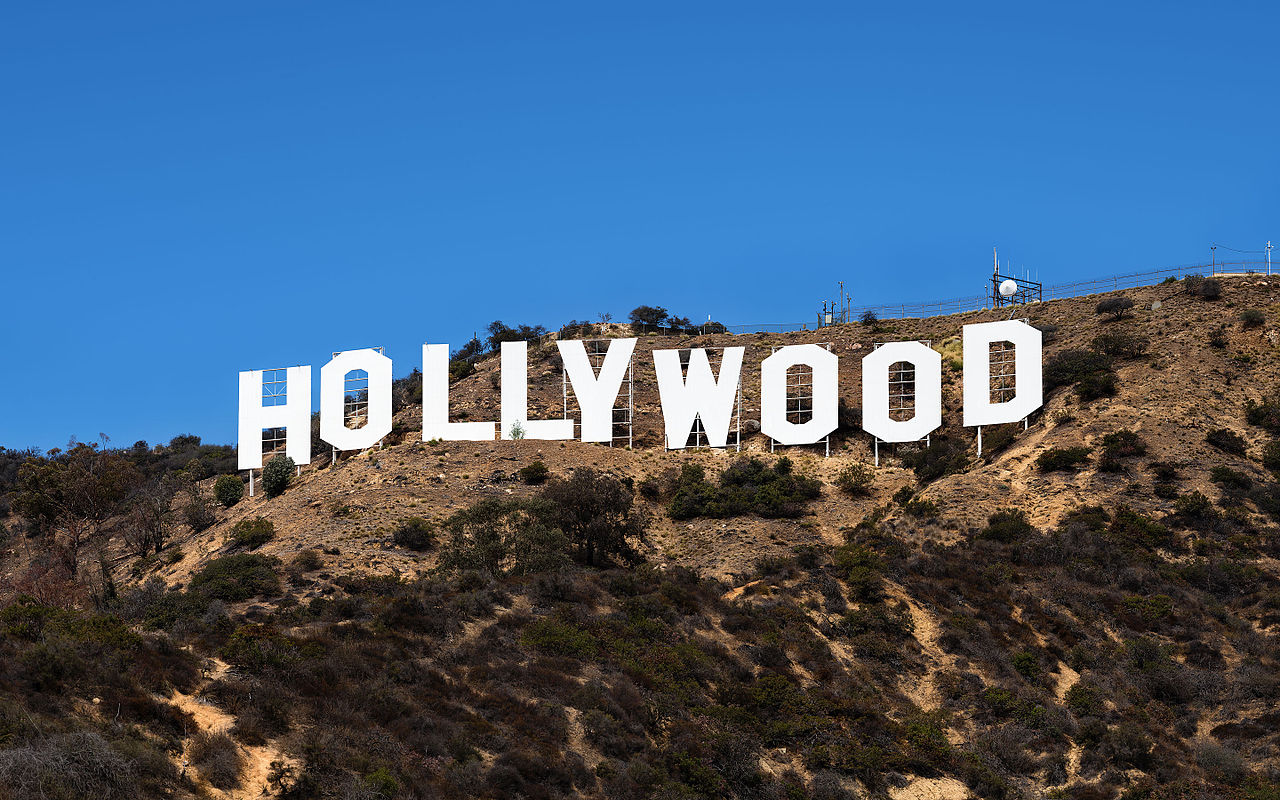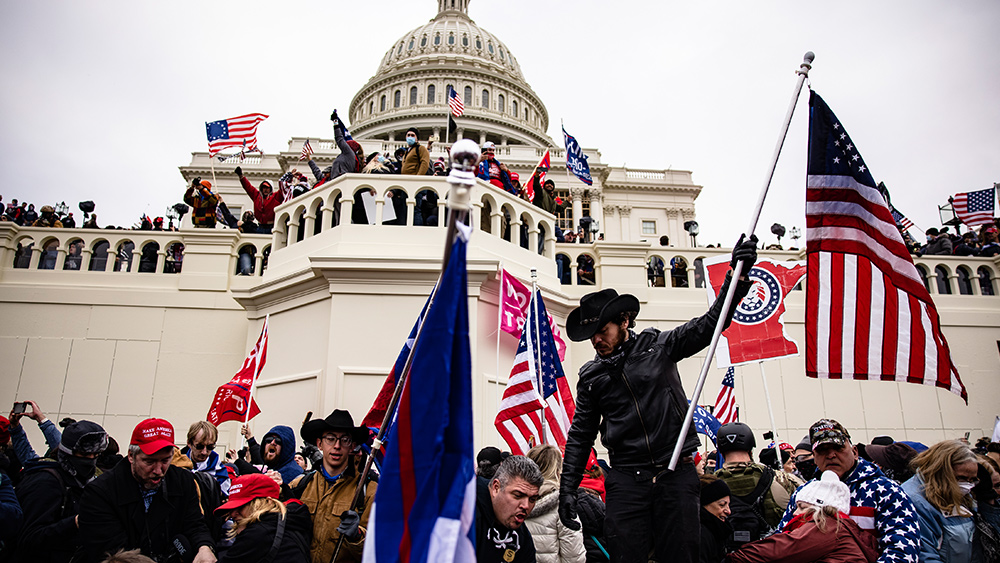
Employment in the entertainment industry of the Greater Los Angeles area has experienced a 17 percent decline since the onset of the dual strike of the Writers Guild of America (WGA) and the Screen Actors Guild-American Federation of Television and Radio Artists (SAG-AFTRA)
This is according to a study conducted by the Otis College of Art and Design in collaboration with market research firm Westwood Economics and Planning Associates, which also found that a variety of other factors contributed to the contraction in the entertainment industry's workforce.
According to the study, before the strikes began in May, approximately 142,652 workers were employed in Hollywood. By October, right after the WGA strike ended, that number had dropped to 117,853. Actors and writers bore the brunt of the employment decline during the strikes.
The writers' and actors' strikes, which concluded in late September and early November, respectively, significantly impacted the development and production of big studio releases. The study found that the strikes caused the production of pilots for television to drop by nearly 100 percent during the third quarter of this year compared to 2022, while the shooting of feature-length films plummeted by 55 percent.
Camera operators, editors, sound and lighting technicians and other crew members also experienced a decline in job opportunities. However, directors, producers, agents, artists, managers and some executive positions experienced some employment growth during the strikes – probably because striking actors and writers, who often wear multiple hats in the industry, may have shifted their focus in these roles. The study also speculates that visual effects and animation artists may have increased hiring when actors were unavailable for on-screen performances.
Human knowledge is under attack! Governments and powerful corporations are using censorship to wipe out humanity's knowledge base about nutrition, herbs, self-reliance, natural immunity, food production, preparedness and much more. We are preserving human knowledge using AI technology while building the infrastructure of human freedom. Speak freely without censorship at the new decentralized, blockchain-power Brighteon.io. Explore our free, downloadable generative AI tools at Brighteon.AI. Support our efforts to build the infrastructure of human freedom by shopping at HealthRangerStore.com, featuring lab-tested, certified organic, non-GMO foods and nutritional solutions.
The resulting production shortage led to an estimated collective loss of over $1.4 billion in wages for entertainment industry workers in L.A. between April and September, constituting around 0.5 percent of its annual economic activity.
However, the study points out that the overall trajectory of the film and TV business is facing challenges beyond the strikes. A 26 percent reduction in entertainment jobs occurred between August 2022 and October 2023. This larger downward trend indicates that the impact of the "Peak TV" era may be more influential on the job market than labor actions.
The report also identifies the use of artificial intelligence (AI) in filmmaking as a "looming threat to employment in Hollywood." While the strikes included negotiations around AI usage protections, a spokesperson for crew members union IATSE recently urged lawmakers to defend entertainment workers against the rise of AI. (Related: Hollywood actors, writers go on strike to protect their jobs from AI.)
Government records small drop in unemployment following resolution of strikes
The Bureau of Labor Statistics reported an increase of 199,000 total non-farm payroll jobs in November, coupled with a 3.7 percent drop in the unemployment rate, which is at least partially influenced by the conclusion of the WGA and SAG-AFTRA strikes.
The Alliance of Motion Picture and Television Producers recently concluded a deal with the WGA, which has been ratified by its members, and is in the process of ratifying a deal with SAG-AFTRA, putting an end to both strikes which stopped so much of the ongoing work in Hollywood.
In turn, the motion picture and sound recording industries added over 17,000 jobs and employed a total of 462,600 workers in November. However, despite this recent upturn, the industry has experienced a decline compared to the same month in 2022, when it boasted 487,700 employees.
Patrick Adler, Principal at Westwood Economics and Planning Associates, stressed that the end of the strikes does not guarantee a return to normalcy, as the industry has already undergone significant changes.
"The industry’s business model is at a serious inflection point. Fundamental questions about how much content will be produced and how it will be paid for are less resolved now than they were ahead of the last SAG-AFTRA deal," Alder stated.
Collapse.news has more stories about the state of America's economy.
Watch this clip from the "Rudyk Report" that discusses Disney's termination of 7,000 employees.
This video is from the Rudyk Report channel on Brighteon.com.
More related stories:
ESPN to commence LAYOFFS as part of larger Disney job cuts.
Recession fears surge as new job creation slows down, jobless claims rise.
Hollywood is dead: Here’s why no one cares.
Sources include:
Please contact us for more information.


















